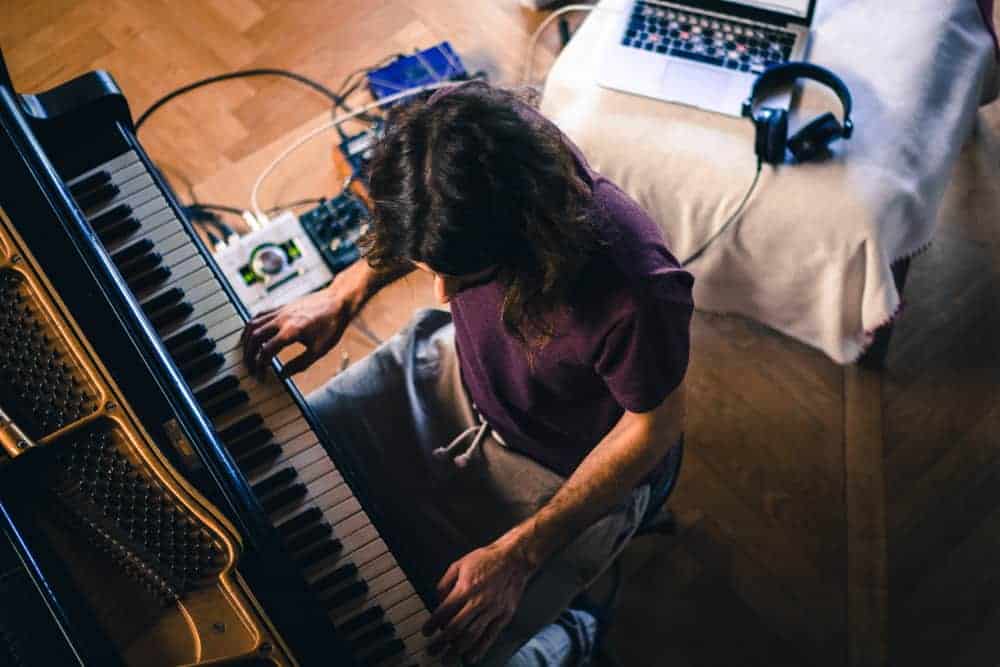If you can record the music that’s in your head, why would you need to put it into sheet music form? What’s the point of this software?
The most obvious benefit of these programs is to save time. You can type and click a lot faster than writing music by hand. Better yet, you can use a MIDI controller (like a keyboard) to play the parts, then have the software convert it to sheet music.
And if you play music you’ve written (rather than write down music you first played), music writing software can allow you to hear what you’ve written right away. You don’t have to wait for a musician to play the part, or for many musicians to play the multiple parts.
Using music writing software also makes it super easy to share your sheet music. This is especially convenient if you plan to have other musicians play the parts (great for orchestral music). And if you or another party displays your music in a book, magazine, online, or elsewhere, you’re owed royalties.
